- New University of Arizona research shows human pumping doubled natural groundwater losses.
- The study reconstructs Tucson’s water table over 20,000 years using chemical and isotopic markers.
- Even a wetter climate could not restore the volume lost to modern pumping.
Friday, October 17, 2025 — A University of Arizona–led study reveals that modern groundwater pumping has drawn down Tucson’s aquifers more than twice as much as natural climate shifts have over thousands of years.
The research, published in Water Resources Research , used chemical and isotopic “fingerprints” from 12 wells across the Tucson Basin to reconstruct the region’s water table history from the Last Glacial Maximum—about 20,000 years ago—to the present. Lead researcher Chandler Noyes and senior author Dr. Jennifer McIntosh, the Thomas Meixner Endowed Chair of Hydrology and Atmospheric Sciences, found that while climate-driven changes caused water levels to fluctuate by about 105 feet, human pumping since the mid-20th century has produced roughly double that drawdown.
, used chemical and isotopic “fingerprints” from 12 wells across the Tucson Basin to reconstruct the region’s water table history from the Last Glacial Maximum—about 20,000 years ago—to the present. Lead researcher Chandler Noyes and senior author Dr. Jennifer McIntosh, the Thomas Meixner Endowed Chair of Hydrology and Atmospheric Sciences, found that while climate-driven changes caused water levels to fluctuate by about 105 feet, human pumping since the mid-20th century has produced roughly double that drawdown.
“This is the first time we’ve been able to get a record of the water table through time,” McIntosh explained . “It really underscores the impact that humans can have on the environment in a short time.”
. “It really underscores the impact that humans can have on the environment in a short time.”
A 20,000-Year Record Beneath Tucson.
By examining trace gases and isotopes—tiny chemical signatures trapped in groundwater—the team reconstructed changes in recharge, temperature, and water table elevation over millennia. They discovered that even during the driest prehistoric periods, the aquifer continued to receive some recharge. However, modern pumping for farming and urban growth since the 1940s has rapidly lowered water levels to depths unseen in the geological record.
The findings add context to Arizona’s ongoing water challenges. In the Tucson area, residents once relied entirely on groundwater, leading to severe declines before the 1980 Groundwater Management Act and the 1992 arrival of Colorado River water via the Central Arizona Project.
Climate Alone Cannot Restore Lost Groundwater.
The study  concludes that the aquifer’s slow recharge rate means it cannot naturally recover from the volume removed during the past century. Even if conditions returned to the cooler, wetter climate that followed the last Ice Age, the aquifer would still remain far below historical levels.
concludes that the aquifer’s slow recharge rate means it cannot naturally recover from the volume removed during the past century. Even if conditions returned to the cooler, wetter climate that followed the last Ice Age, the aquifer would still remain far below historical levels.
“Even a really wet climate wouldn’t save us,” McIntosh said . “We could not recover the amount of groundwater that’s been removed.”
. “We could not recover the amount of groundwater that’s been removed.”
Still, the research offers insight for sustainable management. “These methods provide more complete groundwater ages and an understanding of how groundwater levels respond to climate change,” Noyes noted.
Modern Steps Toward Recharge.
One hopeful example cited by McIntosh is Tucson’s One Water 2100 Plan , which expands the use of recycled wastewater to recharge the Santa Cruz River. The treated water seeps through river sediments, naturally filtering into the aquifer.
, which expands the use of recycled wastewater to recharge the Santa Cruz River. The treated water seeps through river sediments, naturally filtering into the aquifer.
“We can enhance recharge by adding more water,” McIntosh said. “Releasing treated effluent where we know there’s modern recharge gives the best chance for that water to reach the water table.”
Study Support.
The project was funded by the U.S. Geological Survey, the Natural Sciences and Engineering Research Council of Canada, the Geological Society of America, and the University of Arizona. Additional support came from Tucson Water and the CIFAR Earth4D Subsurface Science and Exploration Program.
Citation.
, , , , , , et al. (2025). Variations in groundwater recharge and water table elevations across the Holocene in a semi-arid alluvial basin. Water Resources Research, 61, e2024WR037606. https://doi.org/10.1029/2024WR037606
FAQ
What did the researchers measure?
They sampled groundwater from 12 wells across the Tucson Basin, analyzing isotopes and noble gases to determine when and how the water entered the aquifer.
What is the main takeaway?
Human pumping since the 1940s has caused about twice as much groundwater loss as natural climate shifts did over the past 20,000 years.
Can Tucson’s aquifers recover naturally?
Not within any foreseeable timeframe. Even returning to ancient wet conditions would not replace the water withdrawn in modern decades.
Why is this research important?
It establishes a long-term baseline showing that Arizona’s current groundwater problems are overwhelmingly human-made, not just climate-driven.
What solutions exist?
Increasing recharge through recycled water and continuing strict groundwater management offer the most practical path to slowing depletion.

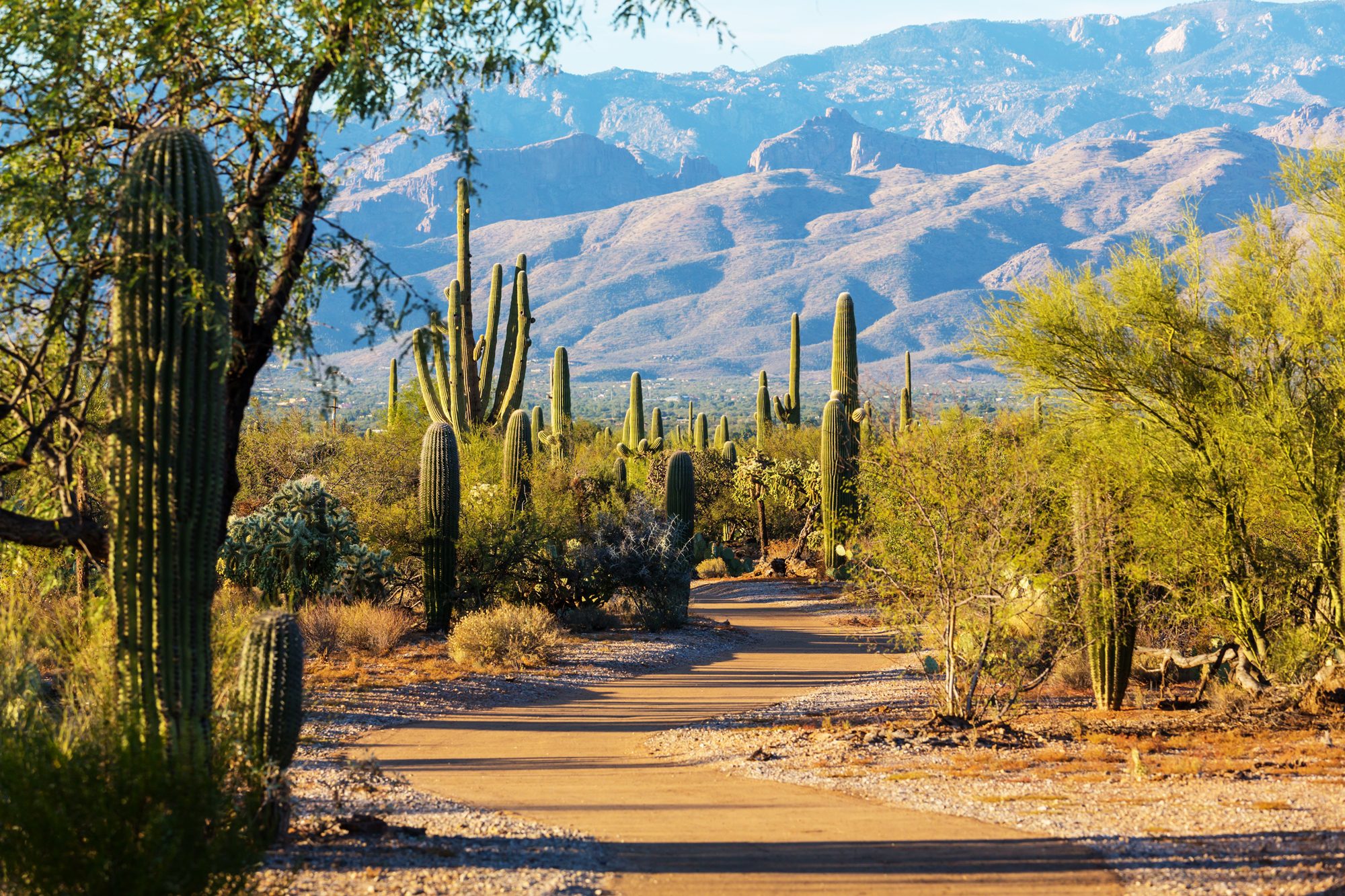
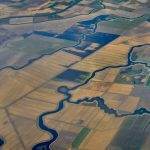
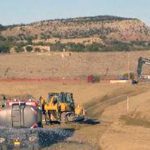
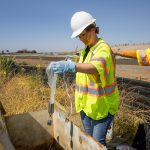
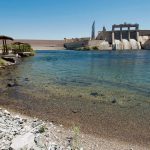
Interesting. I have read that, but I agree that a lot of our problems are based on overuse. Thanks for the comment!